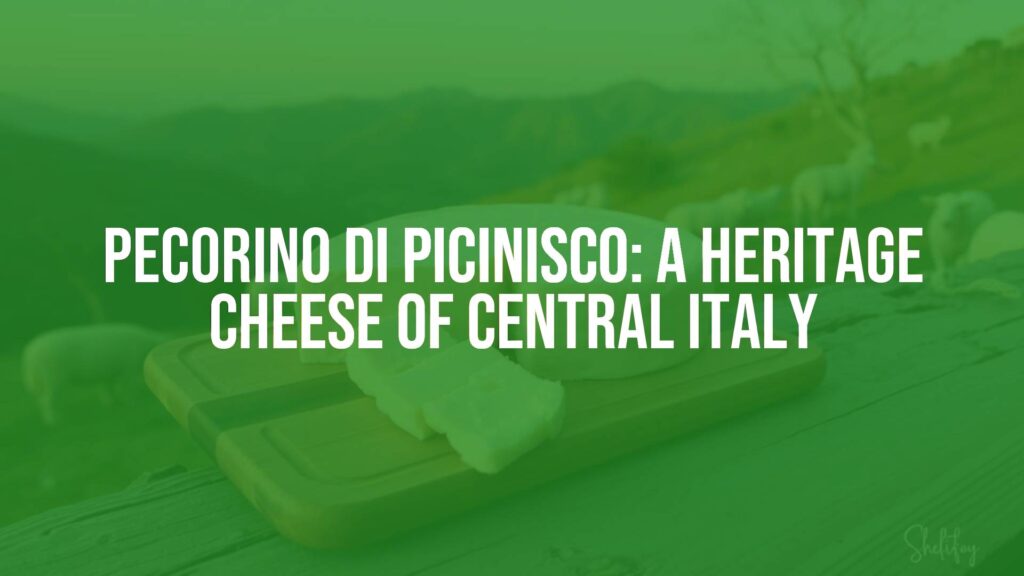Discovering Pecorino di Picinisco
Pecorino di Picinisco is an artisanal sheep’s milk cheese with deep roots in the scenic Picinisco valley, nestled in the Lazio region of central Italy. Distinguished by its ancient legacy and unmistakable flavor profile, this cheese reflects centuries of local shepherding tradition and the unique character of the Apennine landscape.
What Sets Pecorino di Picinisco Apart
The uniqueness of Pecorino di Picinisco can be attributed to its raw or lightly pasteurized milk, predominantly from local breeds such as Sopravissana and Comisana sheep, sometimes blended with a touch of goat’s milk. This regional specificity imbues the cheese with distinct vegetal and floral notes, influenced by the rich mountain pastures on which the animals graze. Texture varies according to age—young wheels are supple and creamy, while matured versions become more crumbly and robust, with a savory, slightly spicy finish.
Historical and Cultural Significance
Embedded in the culinary traditions of the Comino Valley, Pecorino di Picinisco received Protected Designation of Origin (PDO) status, honoring its unique regional character and time-honored production methods. This cheese has been a dietary staple of shepherds and farming families for generations, often enjoyed as a symbol of agricultural resilience and community spirit during local festivities and seasonal gatherings.
Traditional Production Practices
Crafting Pecorino di Picinisco involves traditional methods, including the gentle heating of fresh sheep’s milk and natural coagulation with lamb rennet. The curd is hand-cut, pressed into distinctive basket molds, and salted by hand. Aging takes place in cool, ventilated cellars, developing both texture and flavor over periods ranging from a few weeks (for softer, milder cheese) to several months (for firmer, more pronounced cheese).
Varieties and Regional Expressions
Pecorino di Picinisco is officially categorized as Scamosciato (aged up to 60 days) and Stagionato (matured for at least 90 days). The younger version is lactic and delicate, while the aged type offers concentrated flavors and a drier, granular consistency. Although tightly regulated to preserve its identity, subtle differences can be found in taste and aroma among producers based on microclimate and traditional know-how.
Enjoying Pecorino di Picinisco: Serving Tips and Pairings
This cheese is incredibly versatile—savored on its own, paired with rustic bread, cured meats, or drizzled with local honey for contrast. In regional kitchens, it’s grated over pasta dishes such as gnocchi or sagne, or melted in hearty mountain soups. For a classic experience, accompany Pecorino di Picinisco with robust red wines from Lazio that can match its depth.
Cultural Relevance and Lasting Legacy
Beyond its gastronomic appeal, Pecorino di Picinisco embodies the collective memory and landscape of its homeland. It is often gifted during special occasions and features in local fairs, symbolizing pride and continuity of Picinisco’s rural heritage. Its connection to the rhythm of the seasons and age-old production rituals renders each wheel a singular reflection of the region’s history and people.

